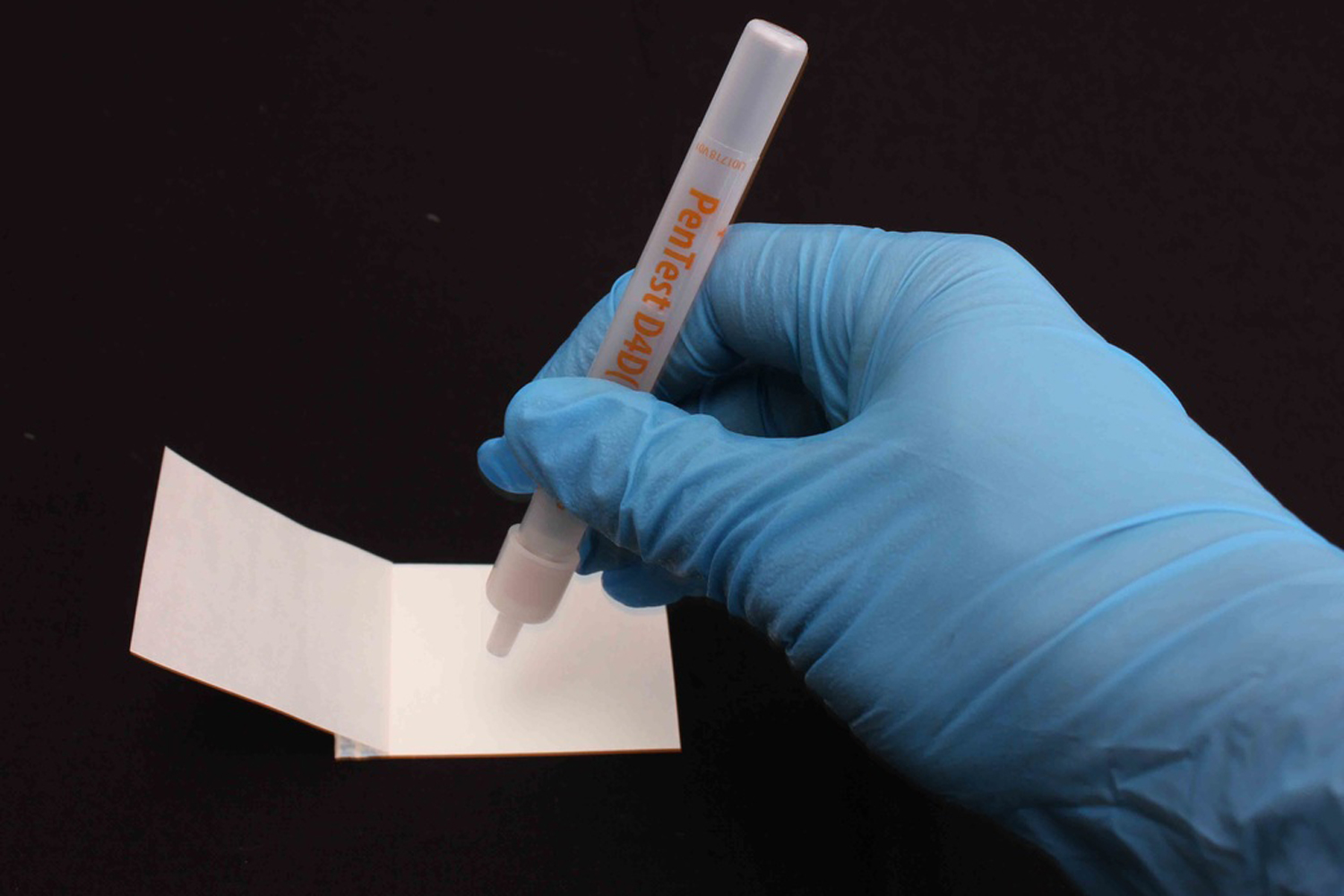22 December 2014 – Author: Alyse Edwards – Source: ABC News

Queensland police are campaigning for national laws to protect residents from the toxic side effects of clandestine drug laboratories.
The state is Australia’s methamphetamine production capital, according to police, with more than 600 undercover drug operations uncovered in homes, rental properties and businesses over the past two years.
Detective Acting Inspector Geoff Marsh, from Queensland police state drug command, said the illicit substances were being cooked using makeshift equipment and a toxic cocktail of chemicals.
“They’re made of acids [and] they’re made of bases like a caustic soda, hydrochloric acid, acetone, peroxide – all the chemicals that you’d normally associate with industrial cleaning are utilised in the production of methamphetamine,” he said.
Cleaners have long recognised the potentially deadly effects of these chemicals, and many are becoming certified to clean a property after police have finalised their investigation.
Methamphetamine contamination can linger for years
Jenny Boymal, from cleaning education company Jena Dyco, said without remediation, methamphetamine contamination could linger for years.
“The by-products of this chemical reaction don’t occur in natural life, so there’s no reason to put those chemicals together for any other purpose,” she said.
“There’s not a lot known about the toxins in the property, but they get into the walls, they get into the ceilings – they get into everything and then they just keep leaching out of plasterboards.
“It’s not OK to say ‘I have been cooking meth in this property – I’m going to paint the walls and she’ll be right’, because it won’t be fine.”
Ms Boymal said every lab was different.
“We’ve had customers who have gone in to do remediation and have lost track of thought for five seconds and had very minor contamination wearing full-face respirator, full suit, and been very sick afterwards,” she said.
“And that’s walking into the property doing a quick assessment and walking out.
“Living in the property – you can’t even imagine the level of contamination.”
Laws need to force owners to make buildings safe
National Crime and Corruption guidelines and Queensland Health guidelines specify property owners should make their building safe for future tenants, but Detective Acting Inspector Marsh said that was not being enforced.
“They are only guidelines, it’s not legislation,” he said.
“An owner of a property has an obligation to ensure that the priority is safe and secure and free of any of these hazards or toxic chemicals, but as to how many are doing it, I don’t have those statistics.”
He said there was no obligation to disclose information about past meth labs when a house goes on the market or is re-tenanted, meaning people could be living in contaminated properties.
“If you look at the statistics, we’ve had over 300 meth labs for the last four years in a row,” he said.
“It would be a naive person to suggest that there are no houses out there that are contaminated.”
Property owners were encouraged to submit a swab to Queensland Health for testing after a property had been cleaned to ensure it was no longer contaminated.
However, although there were more than 260 labs uncovered in Queensland this year, only 50 swab tests were submitted.
No laws relate to meth lab properties: REIQ
Real Estate Institute of Queensland (REIQ) chief executive officer Antonia Mercorella said the rules were not clear cut.
“The law is not 100 per cent clear on this issue – there’s not a law that specifically relates to a property that has had a meth lab in it,” she said.
“Certainly our advice to real estate agents when they’re involved in selling a property that is stigmatised in some way … is that you should err on the side of caution and disclose it.
“Obviously you want to be sure that you are not selling a property that would potentially result in someone falling ill, or indeed in some cases dying, if someone were to move in and the proper remediation hadn’t occurred.”
But the push for regulation was growing from cleaners like Ms Boymal.
“Ideally every lab would be reported to the council, every council would ensure that no-one went into the property until it was remediated, and a hygienist had signed off on the property as being safe,” she said.
Detective Acting Inspector Marsh agreed.
“I think for the safety of anyone it makes common sense that we would have a process by which we can assure that the next tenant or people who move into a property, that that property is completely clean – and not just a visual clean, but clean of contamination and chemicals,” he said.


